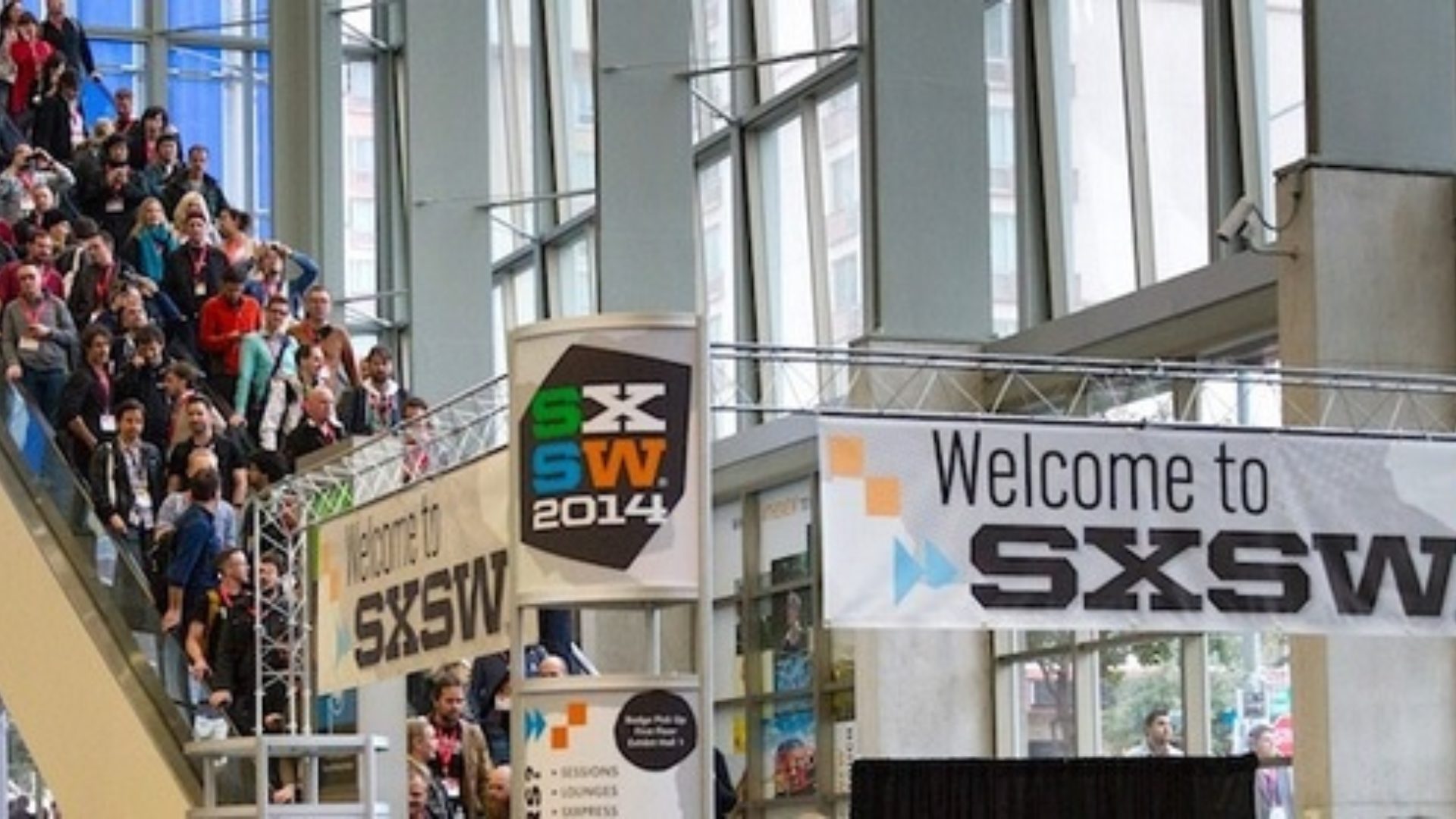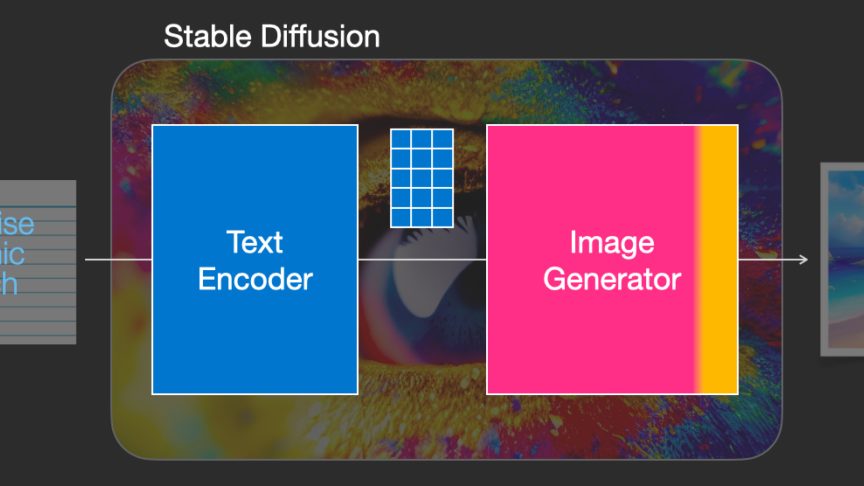Weekly Mashup 76
March 19, 2015
Weekly Mashup 76

Keep mobile weird: Four marketing lessons from SXSW Venture Beat
Mobile marketing in the latter half of 2015 will be all about influencing consumers rather than just reaching them, and leading back to the product itself, according to Gilad Bechar, CEO of global mobile marketing agency Moburst.

What does a mobile-led future look like? Marketing Interactive
Mobile is no longer seen as ‘technology’, rather as an extension of ourselves. This exponential growth and the rapid adoption of mobile are key to driving innovation in marketing.

The future of virtual and augmented reality in sports Sport Techie
At the Tech That’s Changing Sports and Building Empathy SXSports panel, Chris Kluwe and Derek Belch discussed how augmented and virtual realities could be used advantageously in sports.

Virtual and augmented realities are paving the way for a new type of advertising Technology Review
As new virtual reality headsets hit the market, more and more brands will be using VR and AR as a way of reaching consumers in evermore exciting, innovative and immersive ways, says Rachel Metz.

Simply boosting mobile marketing spend can increase ROI, finds MMA Mobile Marketing Watch
The optimal spend for mobile within an entire campaign is in the double digits, and ‘far more than most marketers are currently allocating,’ found the Mobile Marketing Association.

Is Apple creating its own augmented reality? Wall Street Journal
Piper Jaffray, senior research analyst Gene Munster, believes Apple have a ‘small team working and exploring the augmented reality space’.

Extending virtual reality at SXSW iMedia Connection
This year at the interactive festival in Austin, Texas, Tom Edwards was struck by how many companies were using virtual and augmented realities to offer people immersive experiences – including an Oculus Rift Game of Thrones exhibit.

Facebook EMEA boss says brands should take visual web seriously Brand Republic
Nicola Mendelsohn says a visual-based web makes communication easier, and has underlined the commercial power of stickers, emoticons and other such graphics.


